The exuberant chromatic paint jobs of Reykjavík
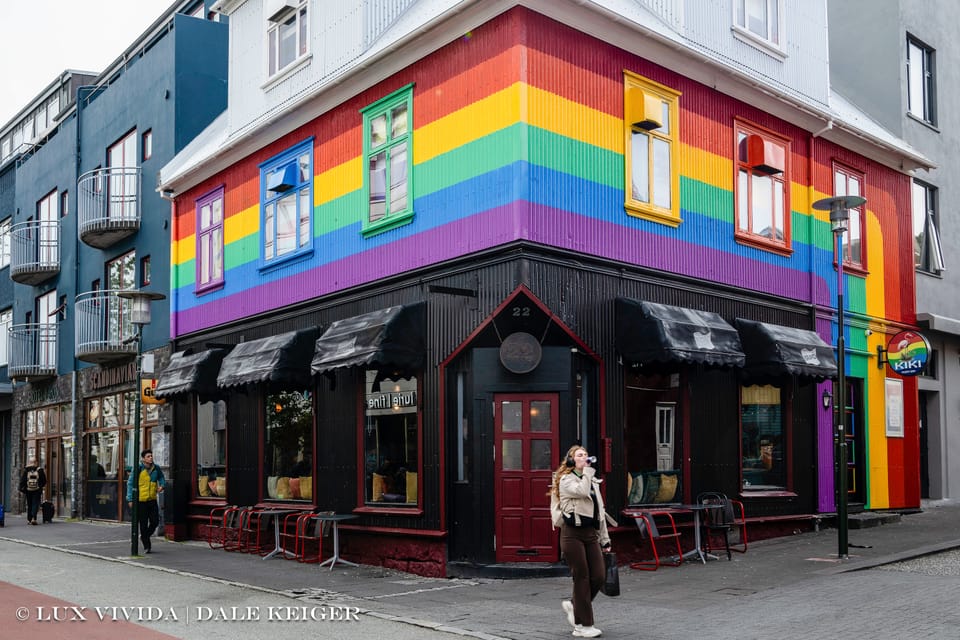
If you travel to the northern parts of the Northern Hemisphere, as I do whenever opportunity presents, you will notice so many structures, especially houses, painted in vibrant colors. I’ve encountered them in Newfoundland; St. Petersburg, Russia (which at the time—1987—was Leningrad in the Soviet Union), East Greenland; and Reykjavík, Iceland. I’ve yet to visit the Faroe Islands or Lofoten, Norway, but I have seen pictures of houses there painted in rich, saturated hues. The Norwegians seem to favor red. In Iceland, homeowners deploy the full spectrum.
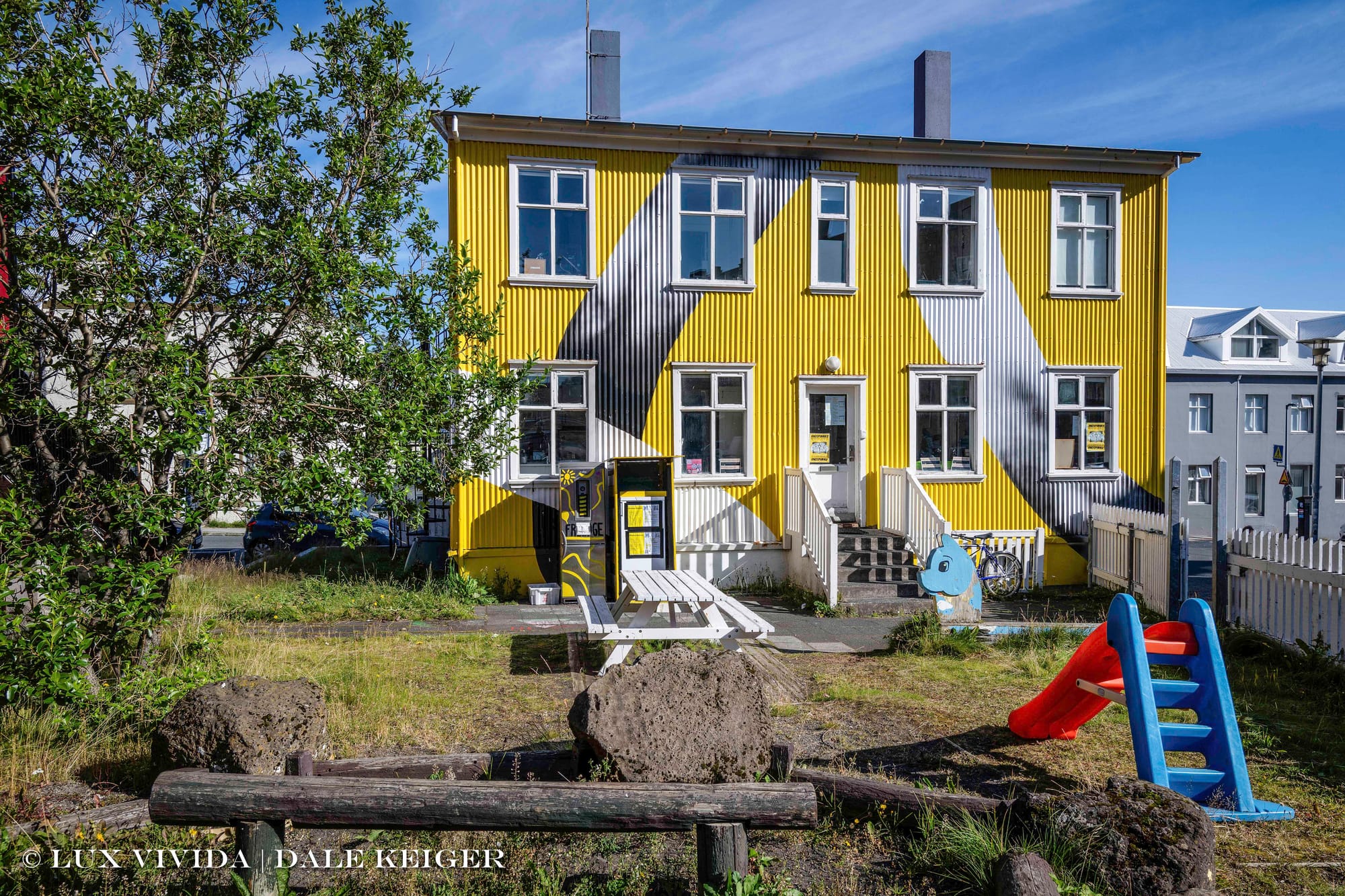
Settlements that endure cold winters don’t have a monopoly on bright paint jobs. Capitola, California; Antigua, Guatemala; Procida, Italy—there’s a long list of more temperate locales with brilliant walls. But Reykjavík is a much bigger place than Capitola (fewer than 10,000 residents in the latter) with many more houses, and a stroll through its neighborhoods rewards you with block after block of color. This is not a half-dozen neighbors who got together to make their street gaudy for the fun of it. This is a citywide aesthetic.
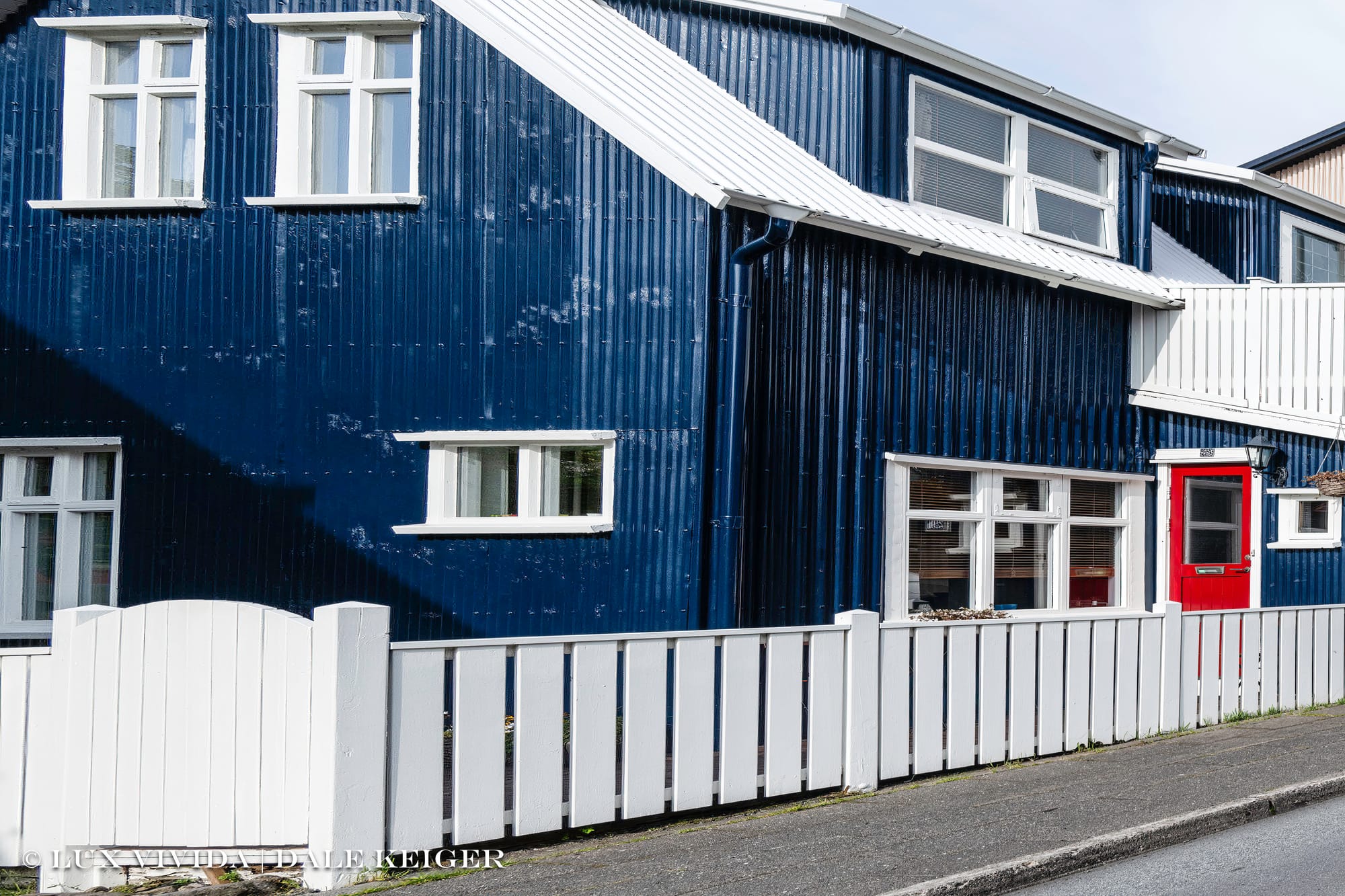
Houses in Iceland are commonly faced with sheet metal. Sheet metal, unlike brick or wood, rusts when wet, and in Reykjavík there is a lot of wet. So metal exteriors must be painted regularly. Icelanders do so with exuberance. If the facade is stucco, no worries. Hand me the roller and open that can of Deep Rose exterior latex.
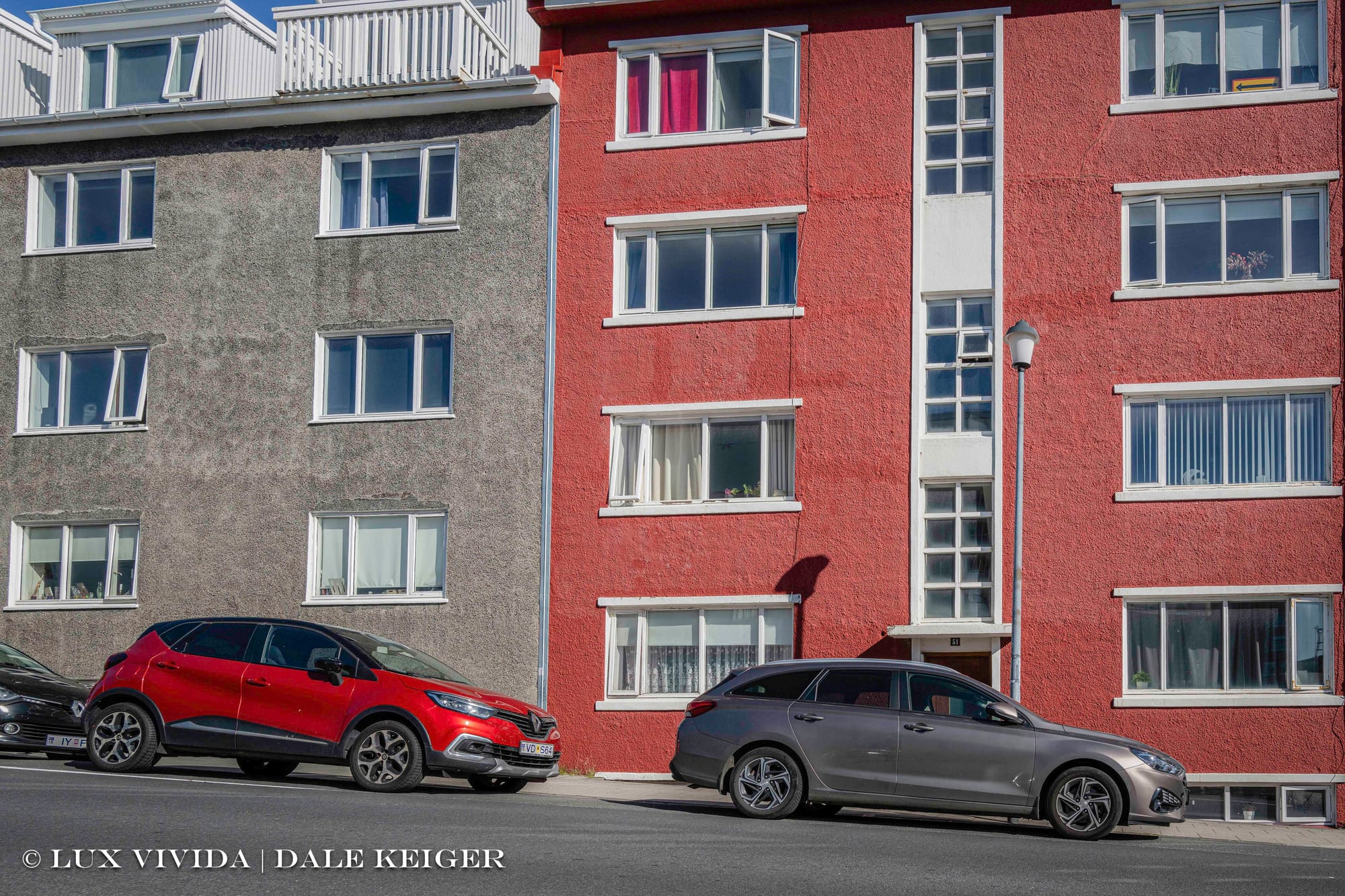
There are theories about this northern fondness for color. (Of course there are—do you have any idea how many PhD candidates have to write dissertations in a given year?) I found a website, Reykjavík Grapevine, that consulted a professor in the University of Iceland’s Faculty of Sociology, Anthropology and Folkloristics, Sigurjón B. Hafsteinsson, a man with a damned fine Icelandic name. Professor Hafsteinsson said, “Icelandic architecture is based on an anarchist tradition that thrived here for 1,100 years.” Sounds promising. “From the Settlement period to the 20th century, Icelanders built their houses with turf, timber, and stone. Each house was built with anarchist principles and practice along with utilitarian and practical premises according to the needs and aesthetic values of individual families. Consequently, each turf house was unique and the houses were not subject to any regulations.”
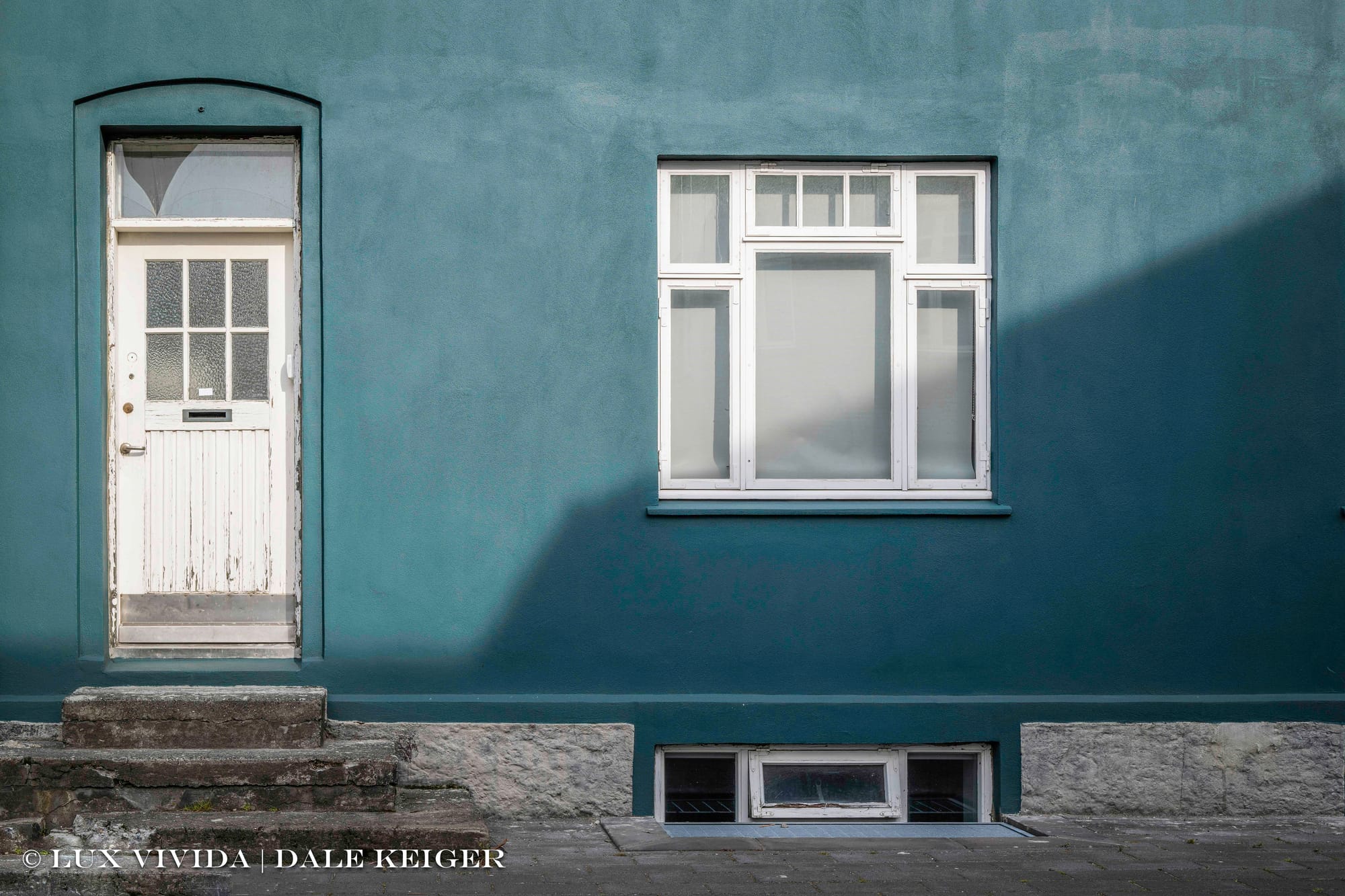
So…picture a dirt poor dirt farmer, or a hardscrabble fisherman in the year 984 gathering enough rocks, timber, and turf to build a shelter for his family. He was building with “anarchistic principles” and “aesthetic values”? Or was he just doing whatever possible to not lose the 4-year-old to hypothermia or pneumonia in mid-February? Dr. Hafsteinsson goes on to say that once early 20th-century building codes were enacted, all those Icelandic anarchists had to conform. “Now, no one can construct a house in Iceland without being forced into a submissive position towards bureaucratic authorities like the State or municipalities.” Seems like a sourpuss view of regulations meant to prevent the roof from falling in on you, the wife, the kids, and the goat, but never mind. “However, the Icelandic anarchist tradition of architecture did not completely leave Icelandic architectural practices. The coloring of houses is one remaining trace of that anarchist culture.”
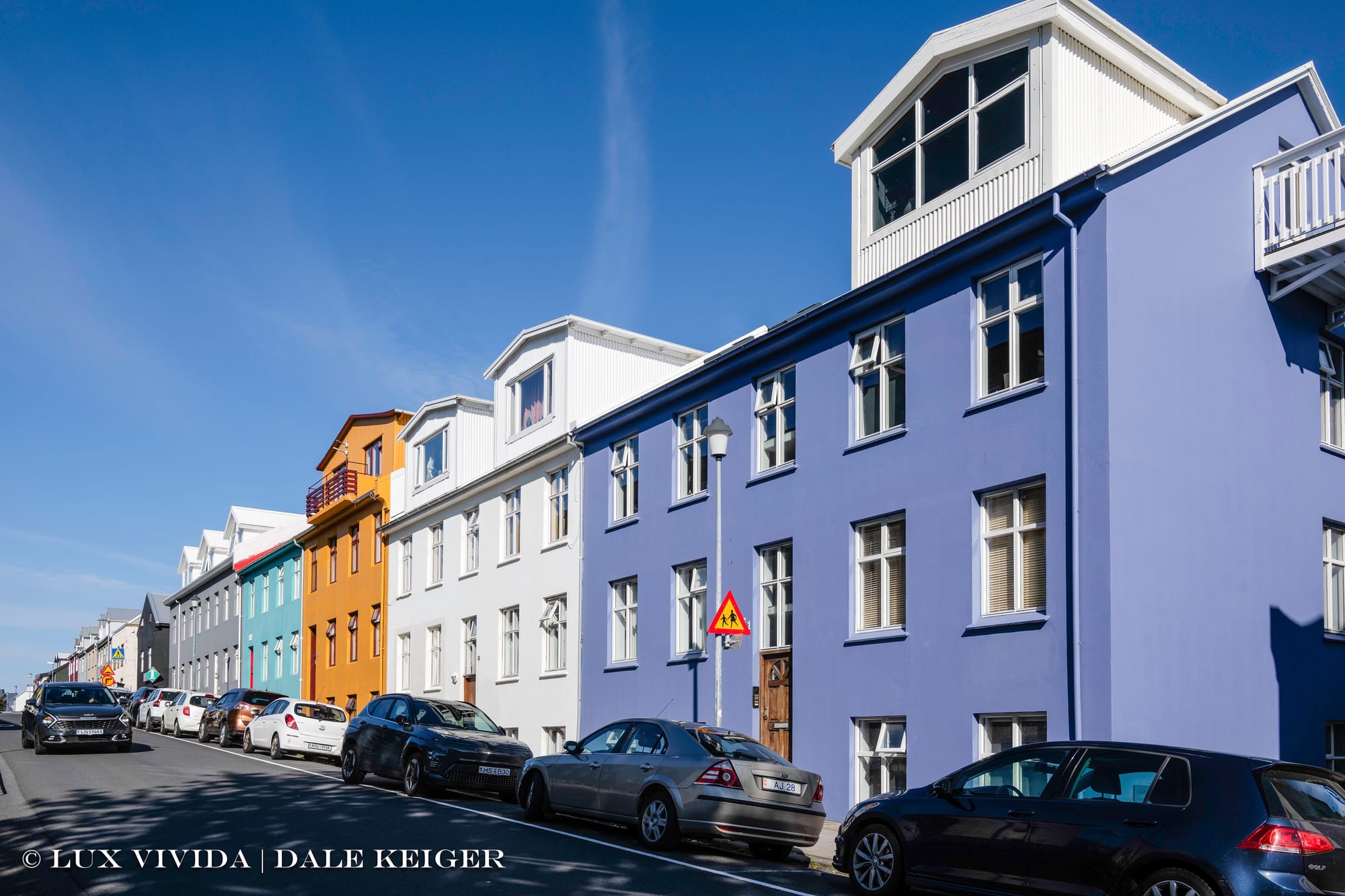
Much as I approve of a little cultural anarchism from time to time, every word from the professor feels stretched to make a political point. My personal theory has nothing to do with the legacy of the 10th century’s zeitgeist. The sheet metal has to be painted, whether you are an anarchist or not. For many months of the year, Reykjavík can be a bleak place, even with modern central heating and good coffee. There are few trees, not so many flowers, not so much green space, gray skies, gray or black volcanic rock, gray harbor water. So when it’s time to freshen up the house, what are you going to choose as a paint color? Ecru? Sand? Repose Gray? Or are you going to reach for Barn Red, Daffodil, Forever Lilac, Lucky Green, or an Amalfi Blue as bold and saturated as you can get?
Just an idea. I got a million of ’em. Next time, the houses of East Greenland. Spoiler: more vibrant colors, though frequently more weathered.
Member discussion